The DO Loop
Statistical programming in SAS with an emphasis on SAS/IML programs
Here is an interesting math question: How many reduced fractions in the interval (0, 1) have a denominator less than 100? The question is difficult is because of the word "reduced." If we only care about the total number of fractions in (0,1) whose denominator is less than 100, we
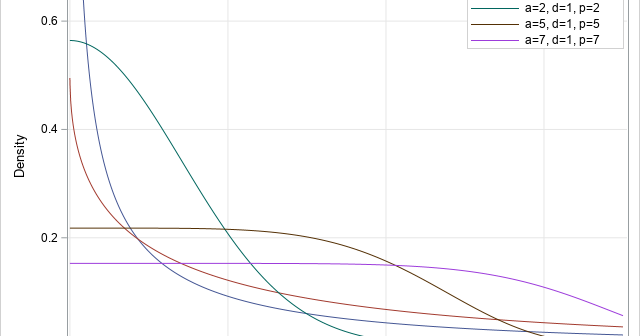
A SAS customer wanted to compute the cumulative distribution function (CDF) of the generalized gamma distribution. For any continuous distribution, the CDF is the integral of the probability density function (PDF), which usually has an explicit formula. Accordingly, he wanted to compute the CDF by using the QUAD function in
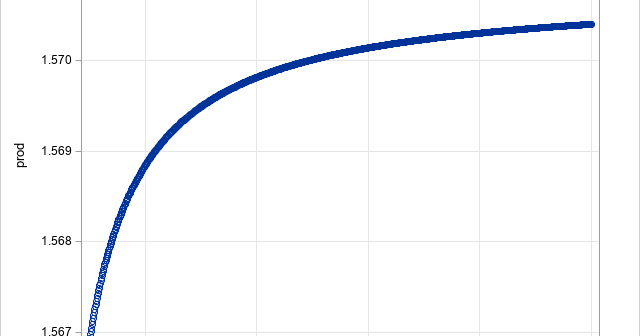
This is my Pi Day post for 2021. Every year on March 14th (written 3/14 in the US), geeky mathematicians and their friends celebrate "all things pi-related" because 3.14 is the three-decimal approximation to pi. Most years I write about lower-case pi (π), which is the ratio of a circle's
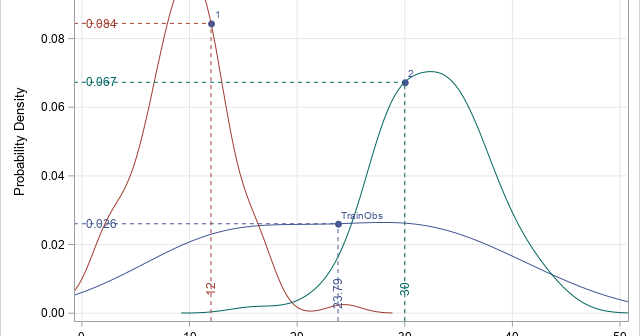
I recently learned about a new feature in PROC QUANTREG that was added in SAS/STAT 15.1 (part of SAS 9.4M6). Recall that PROC QUANTREG enables you to perform quantile regression in SAS. (If you are not familiar with quantile regression, see an earlier article that describes quantile regression and provides
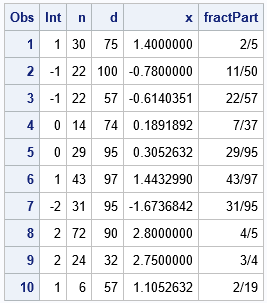
I have previously shown how you can use the FRACTw. format in SAS to display numbers as fractions. But did you know that you can also use the format to obtain the numerator and denominator of the fraction as numbers in a program? All you need to do is to
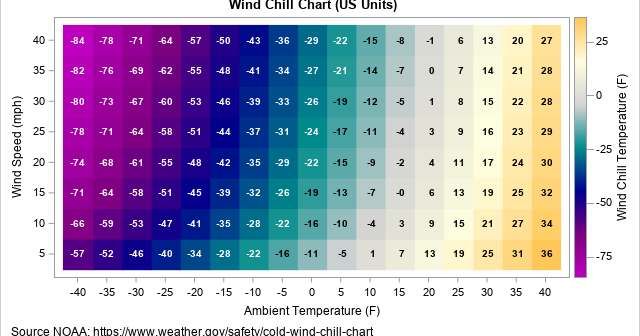
I recently wrote about a simple statistical formula that approximates the wind chill temperature, which is the cumulative effect of air temperature and wind on the human body. The formula uses two independent variables (air temperature and wind speed) to predict the wind chill temperature. This article describes how to
